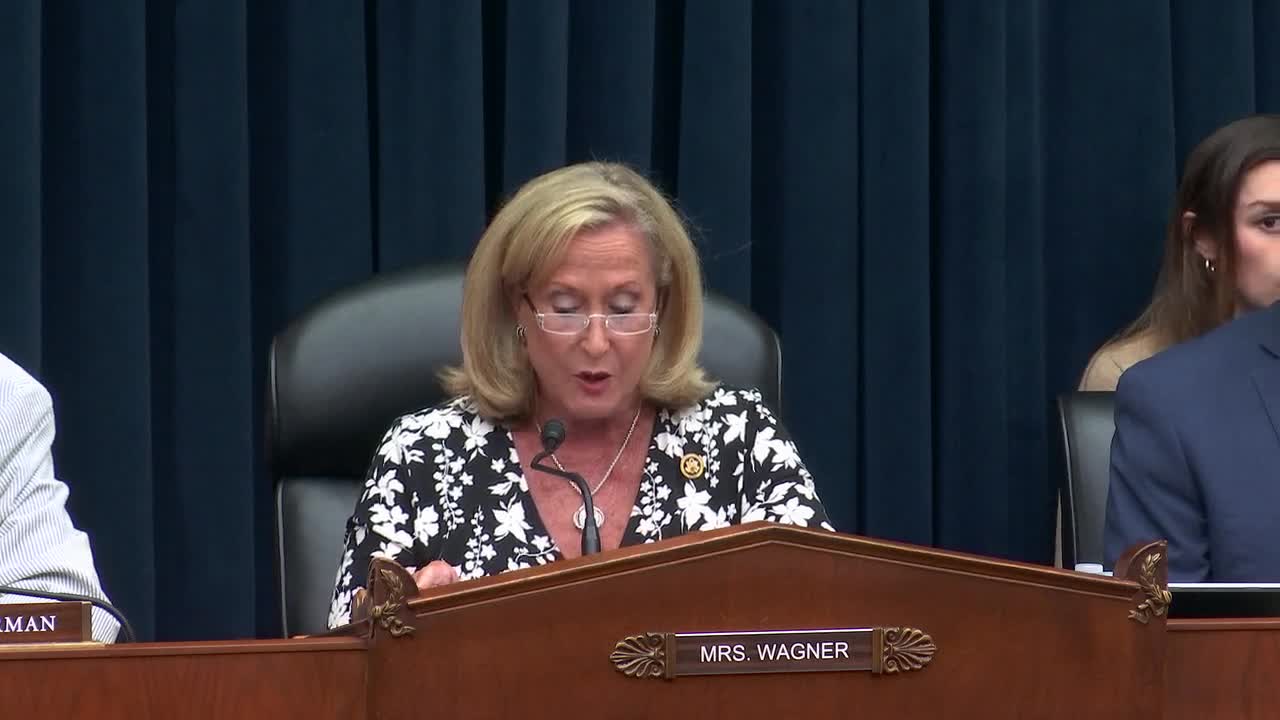SEC Chair Gensler faces backlash over market reform proposals
June 20, 2024 | Financial Services: House Committee, Standing Committees - House & Senate, Congressional Hearings Compilation

This article was created by AI summarizing key points discussed. AI makes mistakes, so for full details and context, please refer to the video of the full meeting. Please report any errors so we can fix them. Report an error »

During a recent government meeting, discussions centered on the proposed equity market structure reforms put forth by Securities and Exchange Commission (SEC) Chairman Gary Gensler. The meeting highlighted concerns regarding the potential impact of these reforms on American equity markets, which are currently regarded as the most liquid and competitive globally.
Chair Gensler's proposals, which include four interconnected reforms and a recent rule on volume-based pricing, have sparked significant debate among lawmakers. Critics argue that the SEC has not sufficiently demonstrated the necessity of these reforms or provided clear evidence of existing problems within the market. They emphasize that the U.S. equity markets have evolved positively over the past two decades, particularly with the rise of zero-commission trading, which has increased retail trading participation significantly.
One key point raised was the SEC's reliance on outdated data to justify the proposed changes. Lawmakers expressed concern that advancing these reforms without a thorough analysis of updated data from recent rule changes could lead to unintended consequences that might harm millions of retail investors who depend on the stability of these markets for their financial security.
In a contrasting viewpoint, some members of the committee defended the SEC's actions, arguing that the commission is fulfilling its mandate to protect investors and ensure market integrity. They pointed to the need for enhanced execution quality and transparency in trading practices, particularly in light of the substantial losses that investors may incur due to inadequate execution standards.
The meeting also touched on broader implications of recent Supreme Court rulings affecting the SEC's regulatory capabilities, with some members expressing concern that these decisions could hinder the enforcement of rules designed to maintain the safety of capital markets.
As the SEC continues to navigate these complex issues, the discussions underscore the critical balance between regulatory oversight and the need for a competitive market environment that serves the interests of all investors. The outcome of these proposed reforms remains to be seen, as stakeholders await further analysis and potential adjustments from the SEC.
Chair Gensler's proposals, which include four interconnected reforms and a recent rule on volume-based pricing, have sparked significant debate among lawmakers. Critics argue that the SEC has not sufficiently demonstrated the necessity of these reforms or provided clear evidence of existing problems within the market. They emphasize that the U.S. equity markets have evolved positively over the past two decades, particularly with the rise of zero-commission trading, which has increased retail trading participation significantly.
One key point raised was the SEC's reliance on outdated data to justify the proposed changes. Lawmakers expressed concern that advancing these reforms without a thorough analysis of updated data from recent rule changes could lead to unintended consequences that might harm millions of retail investors who depend on the stability of these markets for their financial security.
In a contrasting viewpoint, some members of the committee defended the SEC's actions, arguing that the commission is fulfilling its mandate to protect investors and ensure market integrity. They pointed to the need for enhanced execution quality and transparency in trading practices, particularly in light of the substantial losses that investors may incur due to inadequate execution standards.
The meeting also touched on broader implications of recent Supreme Court rulings affecting the SEC's regulatory capabilities, with some members expressing concern that these decisions could hinder the enforcement of rules designed to maintain the safety of capital markets.
As the SEC continues to navigate these complex issues, the discussions underscore the critical balance between regulatory oversight and the need for a competitive market environment that serves the interests of all investors. The outcome of these proposed reforms remains to be seen, as stakeholders await further analysis and potential adjustments from the SEC.
View full meeting
This article is based on a recent meeting—watch the full video and explore the complete transcript for deeper insights into the discussion.
View full meeting